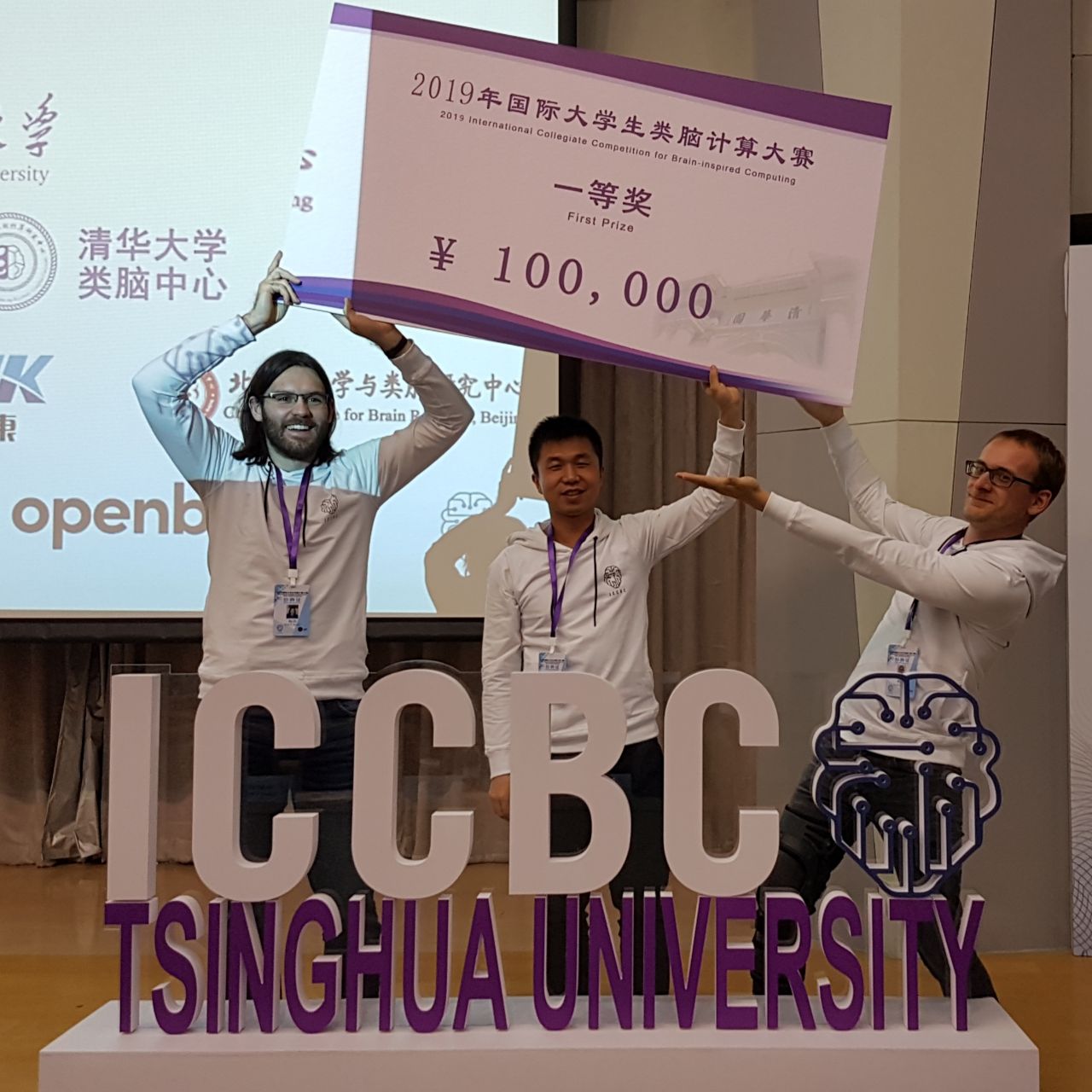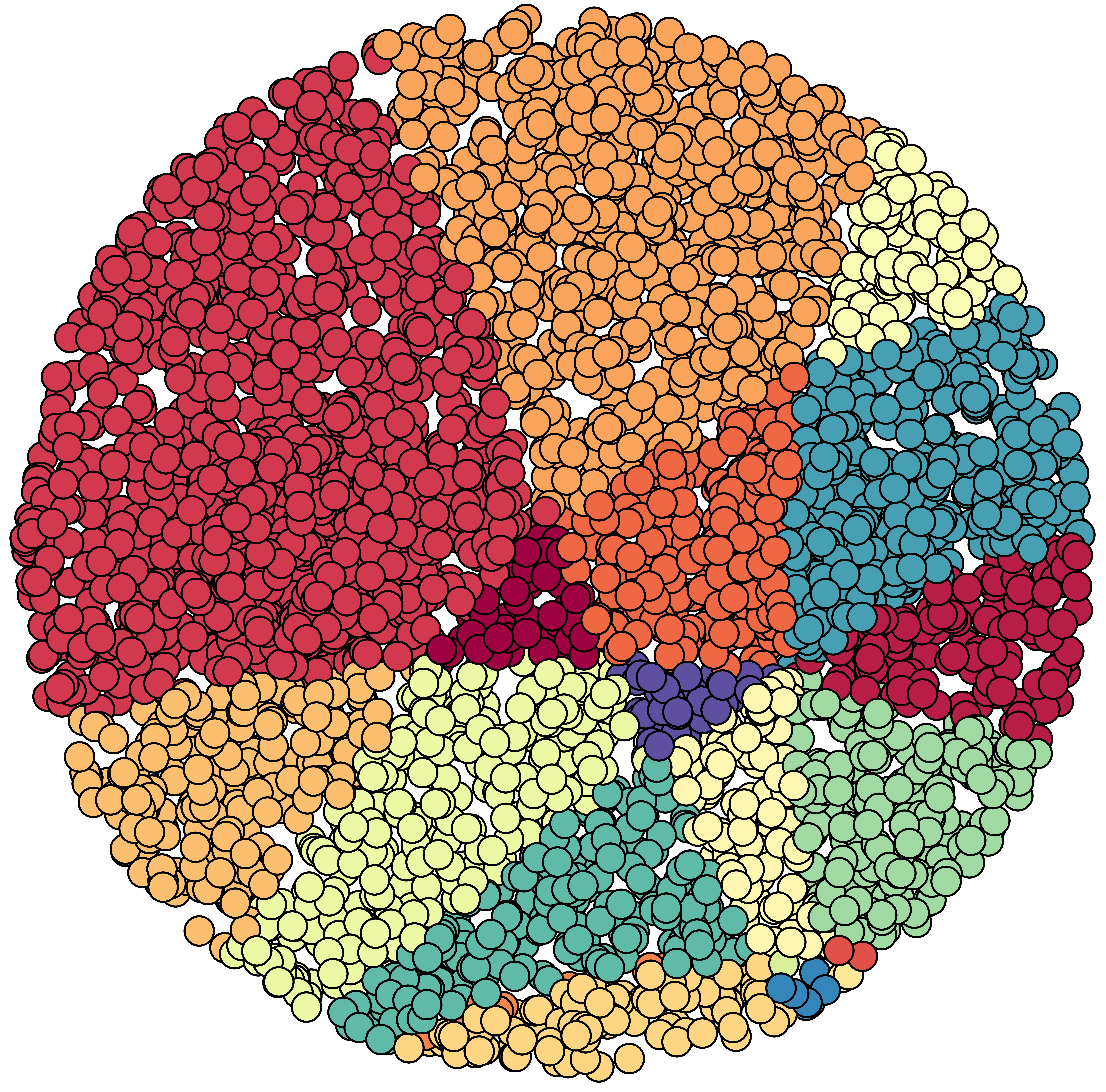
Theory of bio-inspired AI
I am working on theory of bio-inspired AI, with the aim of both improving spiking neural networks and easing comparisons with classical neural networks. Recently, I introduced the concept of causal pieces (dots of same colour), which is a useful measure of expressivity, e.g., we showed that the number of pieces can be used to improve network initialisation.

Self-configuring cube ensembles
I am looking into decentralised algorithms for reconfiguring ensembles of pivoting cubes. My current focus lies on utilising graph neural networks and reinforcement learning to allow cubes to morph into any desired shape autonomously.
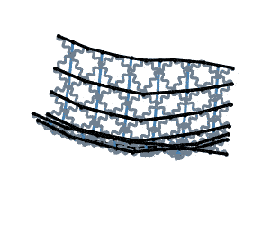
Totimorphic structures
Totimorphic structures are a type of lattice that can reconfigure their geometry through simple actuations. I am researching optimisation methods for morphing these lattices continually for functional tasks (e.g. as deformable telescope mirrors or solar sails).
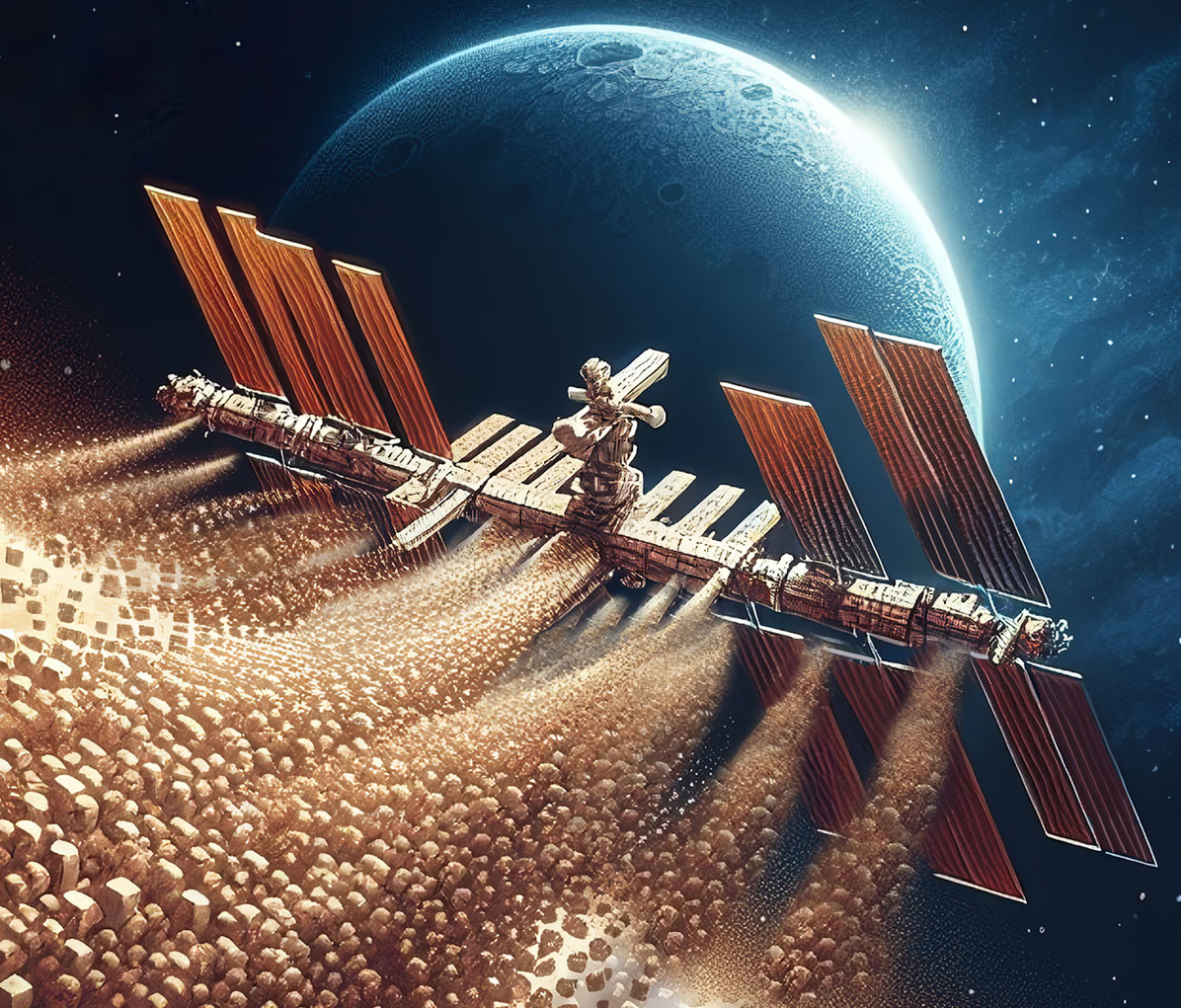
SpOC 3.0: Programmable cubes
This is an optimisation challenge which is part of ESA's 3rd Space Optimization Competition (SpOC). The goal is to find the optimal command sequence for reorganising a cube ensemble into huge space structures (the ISS, JWST, U.S.S. Enterprise NCC-1701).

Differentiable lattices
In this work, I combined concepts from graph neural networks (message passing) and computational neuroscience (surrogate gradients) to optimise the geometry of a lattice structure such that it has a certain mechanical property. This also ties into recent developments regarding mechanical neural networks.

SpOC 2.0: Morphing rovers
This is an optimisation challenge which is part of ESA's 2nd Space Optimization Competition (SpOC). The goal is to design a morphable rover composed of two components: forms it can morph into that indicate how fast it is on different terrains, and a neural network controlling the rover. Both forms and controller have to be optimised for speed on Mars.
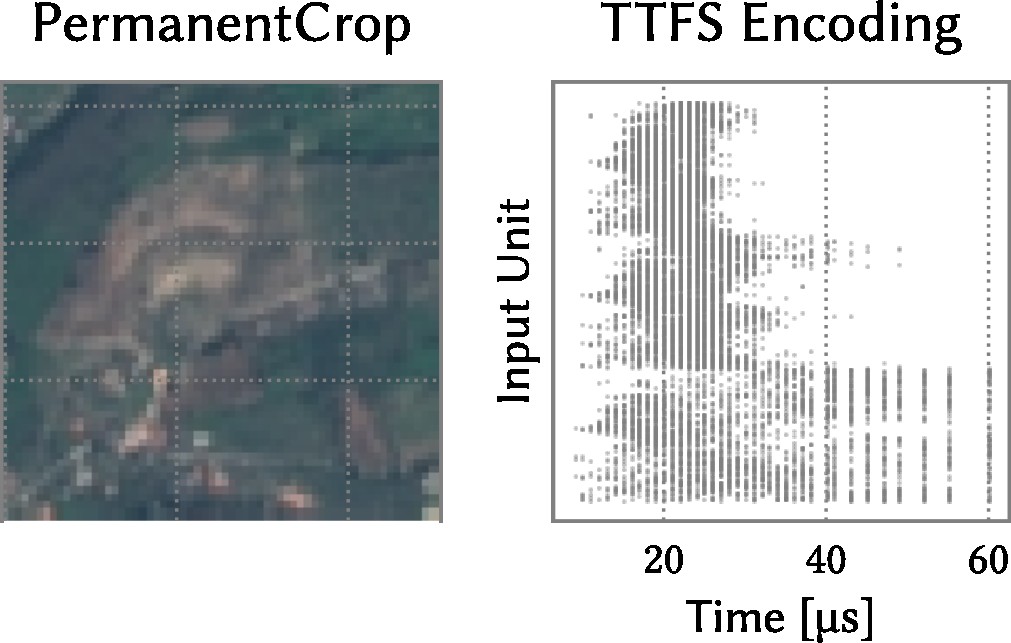
Energy-efficient onboard AI
I am working on utilising spike-based computing, neuromorphic hardware, and neuro-inspired learning rules for efficient onboard AI, e.g., for scene recognition onboard satellites. My current focus lies on spiking neural networks with purely temporal coding as well as bio-inspired alternatives to error backpropagation (e.g. using bursts).
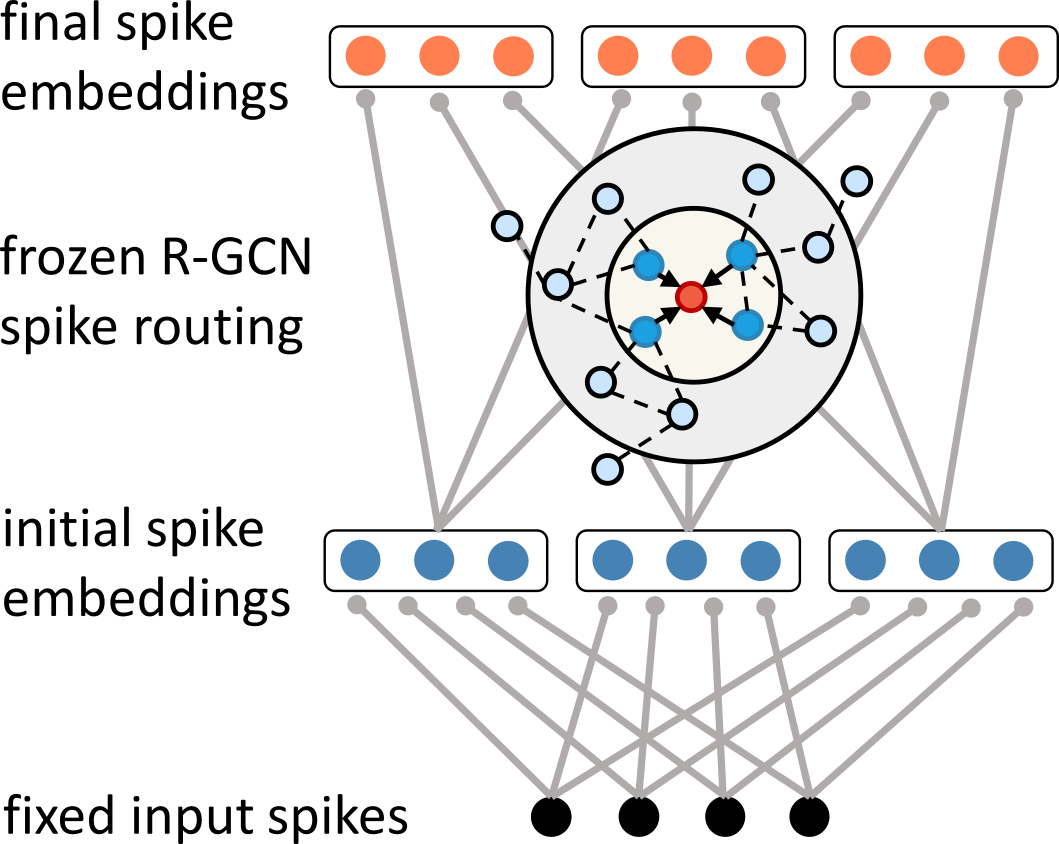
Spike-based graph learning
I am interested in using spiking neural networks to process graph-structured data such as knowledge graphs and perform reasoning tasks on them. To achieve this, I have introduced spike-based embedding schemes for knowledge graphs as well as the first spiking relational graph neural network.
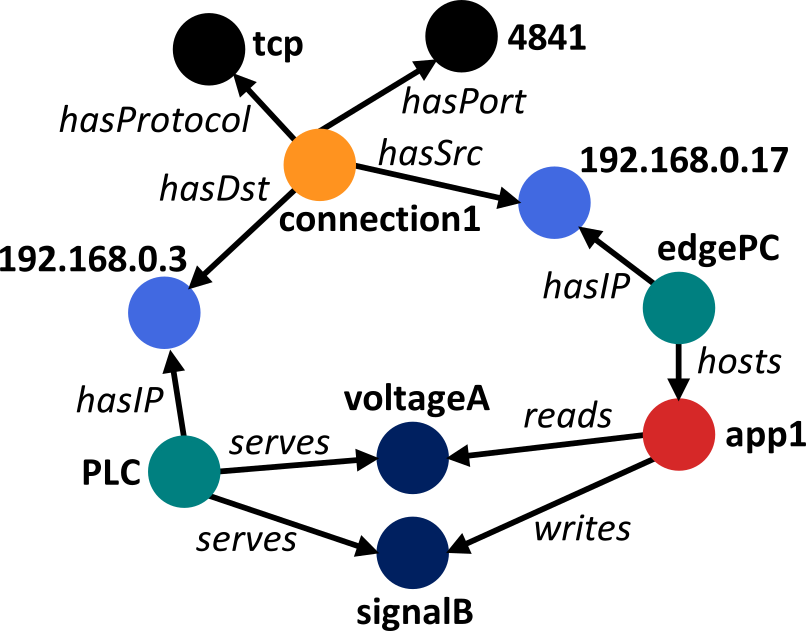
Modelling using knowledge graphs
I have used knowledge graphs and knowledge graph embedding techniques to characterise systems such as the European space economy and modern autonomous factories. In the latter case, we proposed a cybersecurity approach using graph representation learning to identify suspicious activity in an automation system.

Backprop in the brain
During my PhD, I looked into models of cortical implementations of the error backpropagation algorithm. I was involved in introducing a neuronal least action principle which allows training of deep cortical networks in real-time without any phases. One of the main insights of this work is the introduction of look-ahead rates to overcome delays.
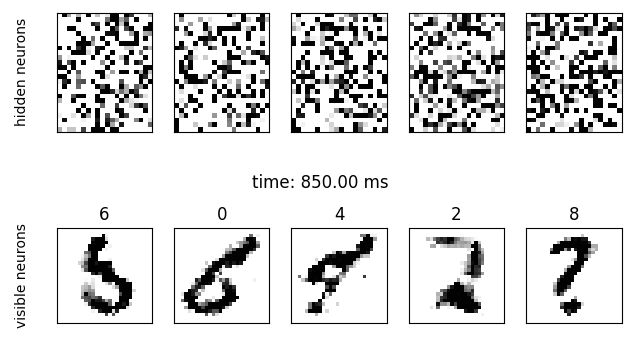
Self-sufficient sampling I
During my PhD, I developed a framwork for self-sufficient sampling using spiking neural networks. The main idea is that an ensemble of networks (all trained on a task, e.g., here to generate digits) uses its own spike activity as a source of noise. Simply said, the whole ensemble is completely deterministic, while the operation of individual networks is mathematically equivalent to probabilistic sampling.

Self-sufficient sampling II
Self-sufficient sampling can be extended to single networks as well. Here, layer-to-layer connections are modified by training on a task (e.g., generating digits), while inter-layer connections are randomly and weakly initialized and kept static. This way, even a single network can provide itself with sufficient stochasticity to learn to represent and sample from a given data distribution. As a reference, sampling of a network driven by Poisson noise is shown.
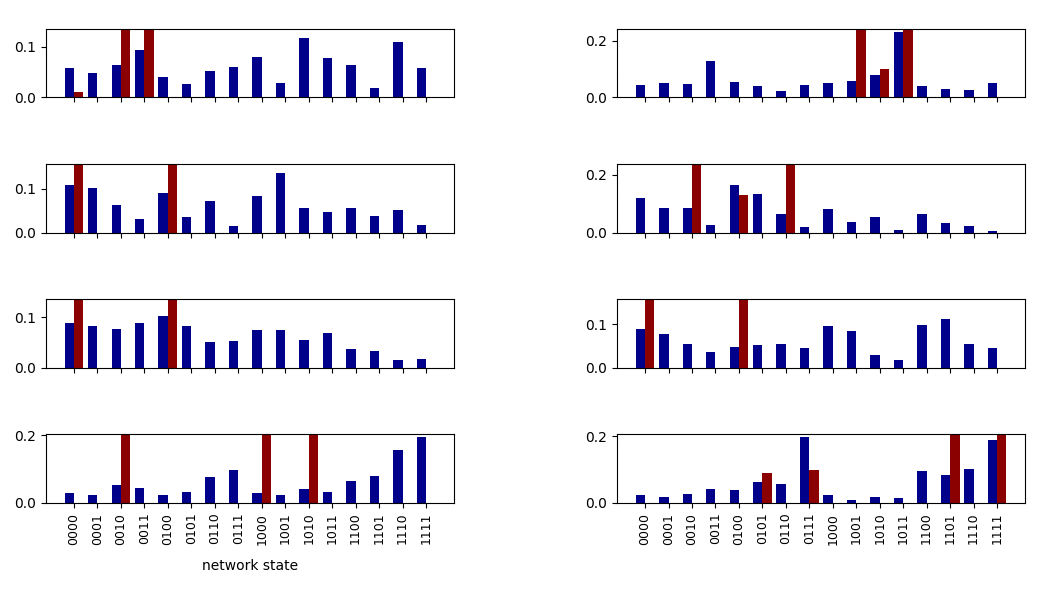
Neuromorphic hardware
This is an ensemble of 15 self-sufficient spiking neural networks on analogue hardware, meaning there are physical neurons and synapses which all slightly differ from each other. The only input to the neurons is weak cross-wiring between networks as well as some constant input currents that keep neurons alive. Each network has been trained to sample (red) from a probability distribution (blue). This is quite literally physics used to emulate brain-inspired computing!
